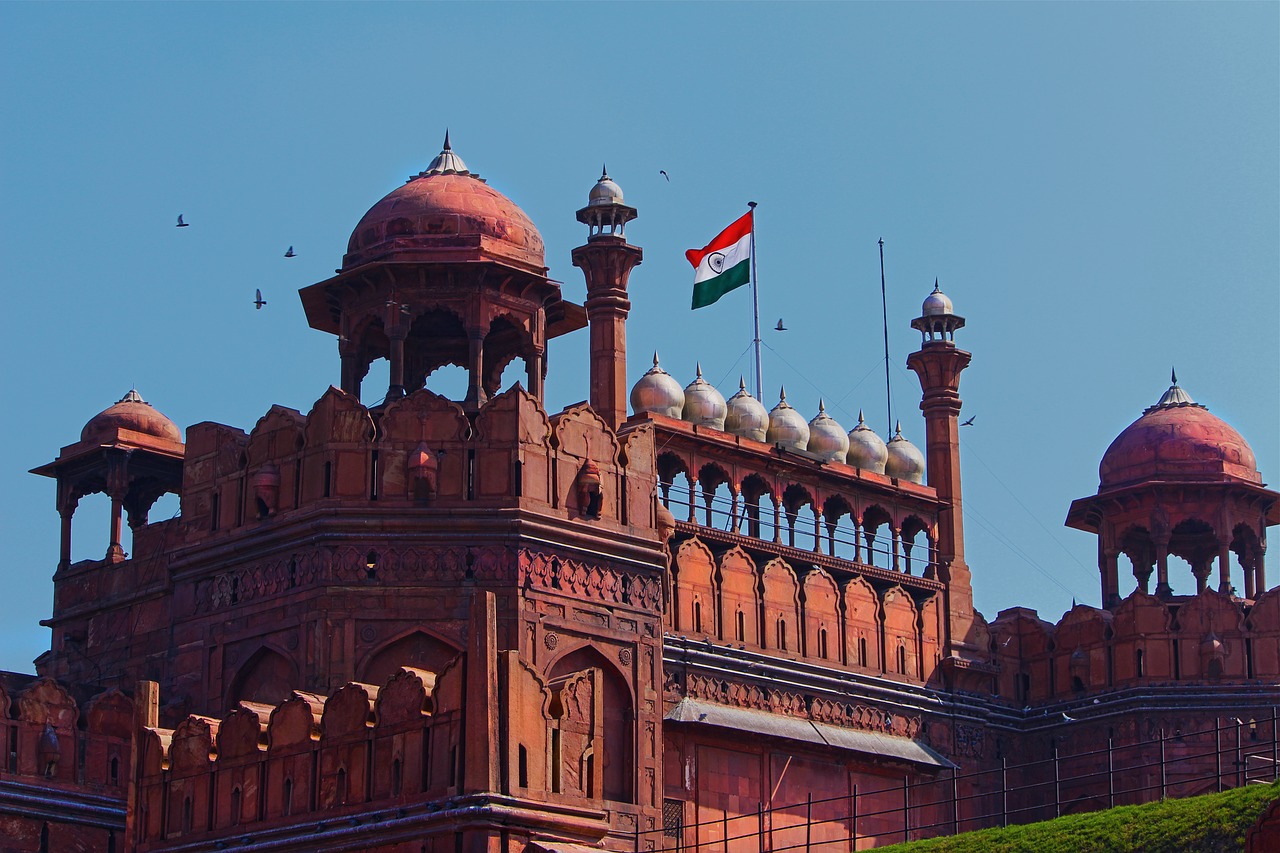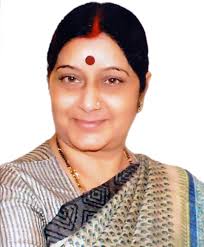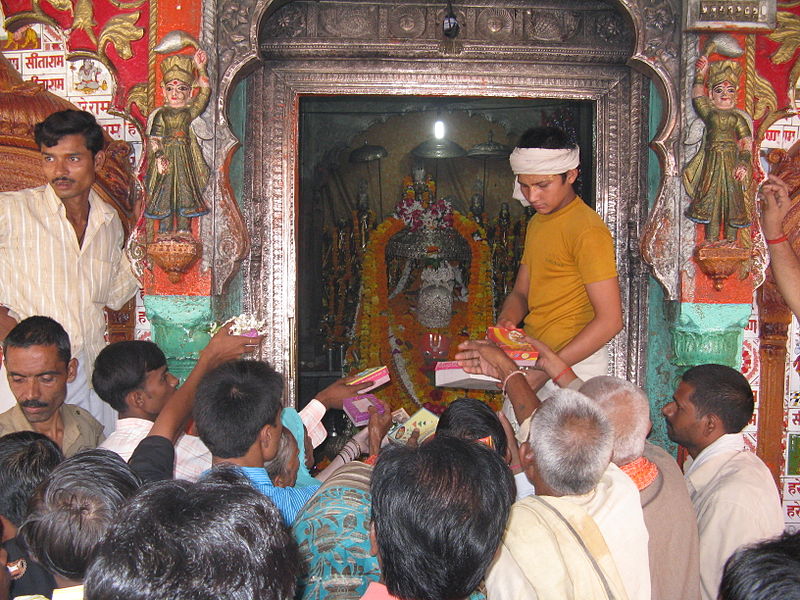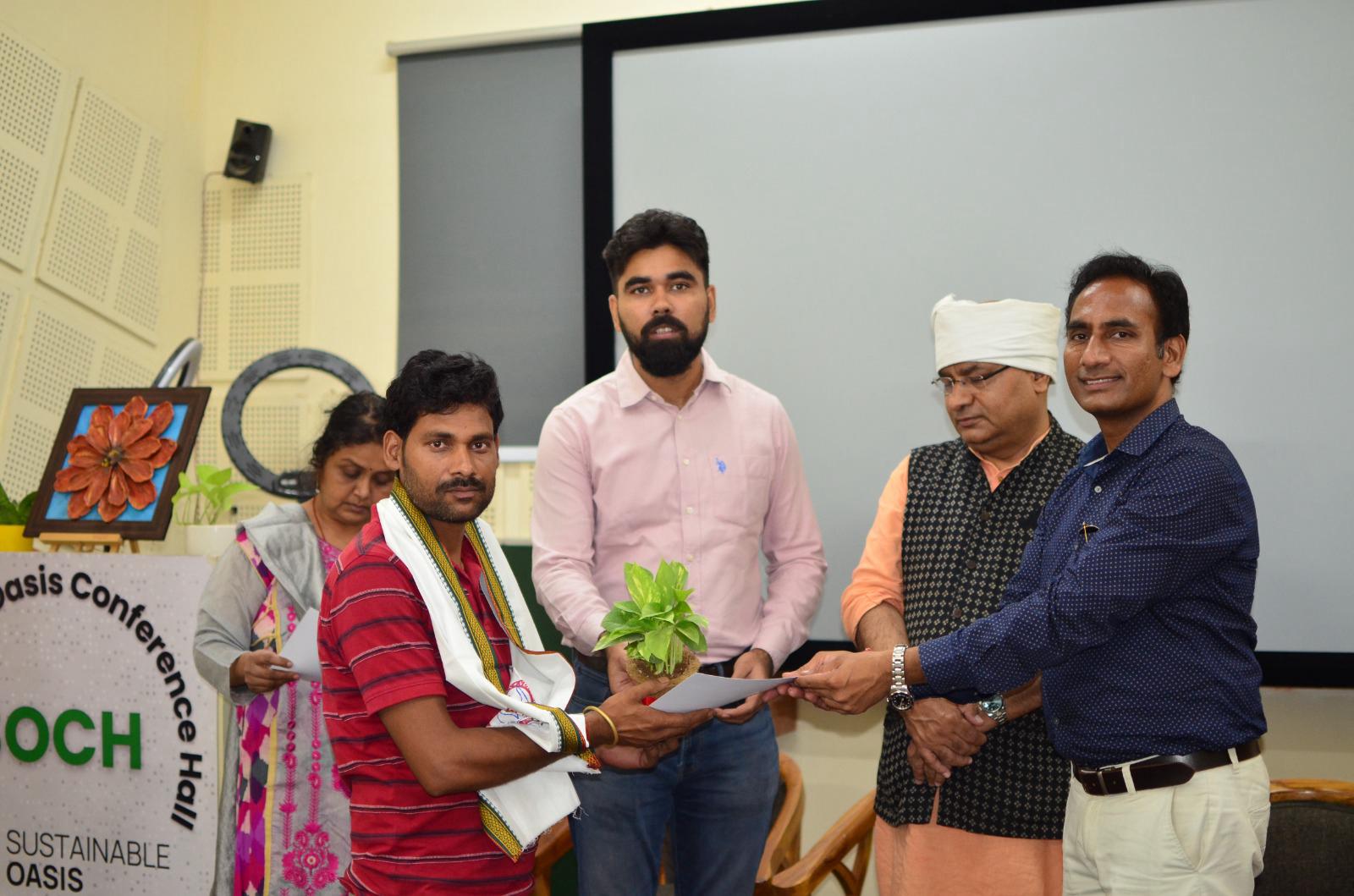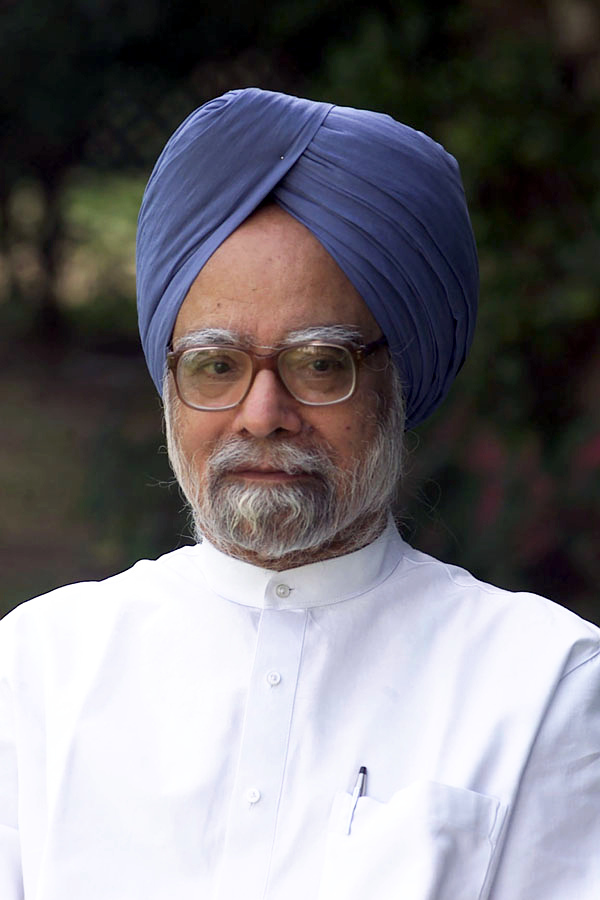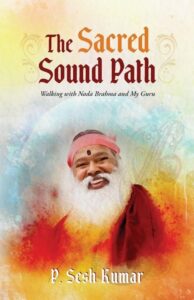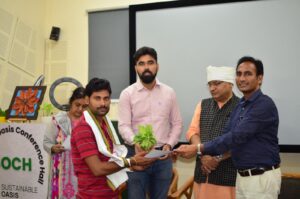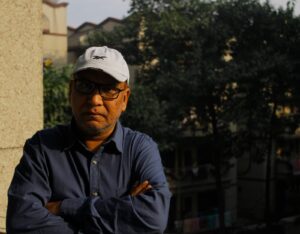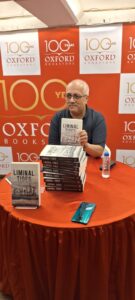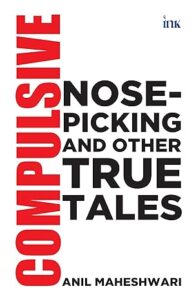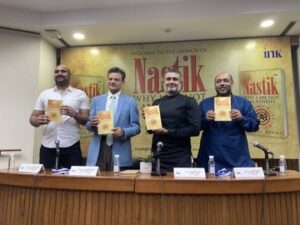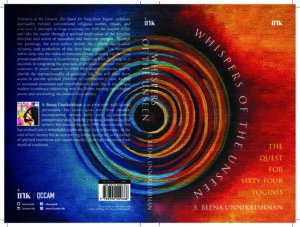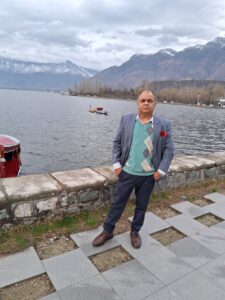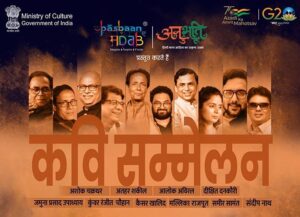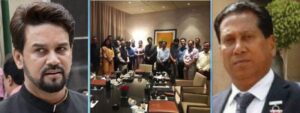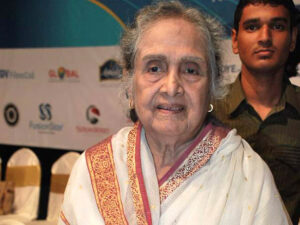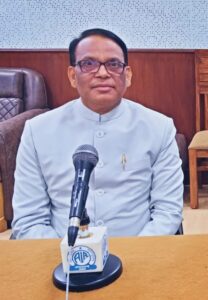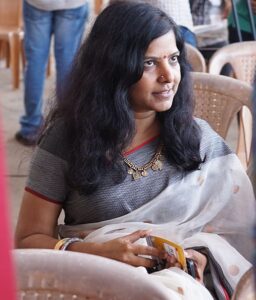Book Review: The Sacred Sound Path
The Sacred Sound Path is both a homage to the author’s guru and a scholarly contribution to the burgeoning field of sound healing
THC Bureau | May 31, 2025 2:11 pm
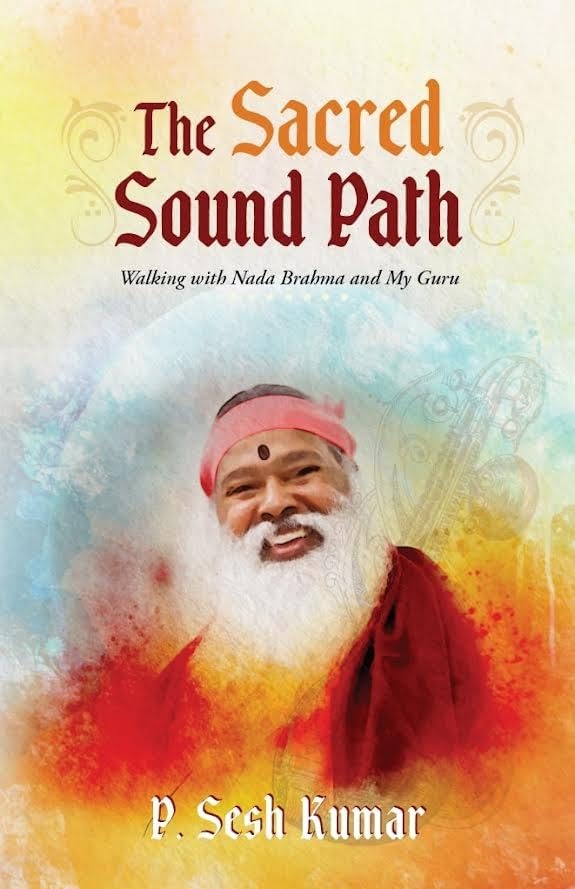
Reviewer: S. Jha
In The Sacred Sound Path: Walking with Nada Brahma and My Guru, P. Sesh Kumar, a former director general of the Comptroller and Auditor General (CAG) of India, embarks on a profound exploration of music therapy, weaving together personal narrative, spiritual insight, and scientific inquiry. Published by The Browser, this 320-page tome offers a unique blend of ancient Indian musical traditions and modern therapeutic practices, centered around the life and teachings of Sri Ganapathy Sachchidananda Swami of Mysore.
Kumar’s work is both a homage to his guru and a scholarly contribution to the burgeoning field of sound healing, making it a compelling read for those interested in the intersection of culture, spirituality, and science.
The book’s title, The Sacred Sound Path, immediately evokes a sense of journey, and Kumar delivers on this promise by structuring the narrative as a pilgrimage. The central figure, Sri Swamiji, is portrayed not merely as a spiritual leader but as a pioneer in integrating ‘Raga Ragini Vidya,’ an ancient Indian musical system, with holistic healing. Kumar’s meticulous research is evident as he delves into Nāda Yoga, the discipline that posits sound vibrations as a fundamental force influencing the body’s energy centers, or chakras. He cites extensive case studies, including patients with psychosomatic ailments and chronic conditions, who have found relief through Swamiji’s musical interventions. This empirical approach grounds the book in tangible outcomes, making it accessible to a broad audience beyond spiritual seekers.
One of the book’s strengths lies in its dual perspective: Kumar’s personal devotion to Swamiji is balanced with a critical examination of the therapeutic potential of music. He references neuro-scientific research, particularly the work of Daniel Levitin, to underscore the importance of personalized music therapy. Levitin’s findings, that individual preferences significantly affect therapeutic outcomes, are seamlessly integrated into Kumar’s narrative, demonstrating a bridge between Eastern traditions and Western science. This interdisciplinary approach is particularly evident in chapters discussing the global acceptance of Indian music therapy, highlighted by Swamiji’s concerts in Western nations and the recognition he has received from institutions like Sri Krishnadevaraya University and the World Classical Tamil University.
However, the book is not without its challenges. At times, Kumar’s reverence for Swamiji borders on hagiography, which may alienate readers seeking a more objective analysis. The narrative occasionally meanders into detailed accounts of Swamiji’s life events, which, while enriching, can distract from the central thesis on music therapy. Moreover, the book assumes a certain familiarity with Indian classical music and spiritual terminology, which might pose a barrier for international readers. A glossary or more extensive introductory material could have mitigated this issue.
Kumar’s prose is generally clear and engaging, though it occasionally lapses into overly technical jargon when discussing scientific concepts. This is most apparent in chapters exploring the intricate relationship between musical notes and human emotions, where terms like “frequency modulation” and “neural entrainment” are introduced without sufficient explanation for lay readers. Despite this, the book’s structure, with its chronological progression from Swamiji’s early life to his global influence, provides a coherent framework that guides the reader through complex ideas.
The book’s publication by The Browser, known for its focus on niche yet impactful works, is fitting. It aligns with The Browser’s mission to highlight texts that bridge cultural and intellectual divides. Kumar’s work is particularly timely, given the growing interest in alternative therapies and the global resurgence of traditional knowledge systems. The inclusion of Swamiji’s efforts in building temples abroad, such as the 85-foot Hanuman idol in Trinidad and the Karya Siddhi Hanuman Temple in Dallas, adds a layer of cultural unity and service, resonating with The Browser’s audience interested in global spiritual movements.
The books gains significance for Kumar’s chronicling of music therapy’s healing power in the cultural and medical discourse”.
The Sacred Sound Path is a valuable addition to the literature on music therapy and spiritual healing. Its strengths lie in Kumar’s ability to merge personal narrative with scholarly research, offering insights that are both deeply personal and universally applicable. While it may not appeal to all readers due to its occasional technicality and devotional tone, it remains a thought-provoking work that invites further exploration into the therapeutic potential of sound. For those interested in the confluence of tradition and innovation, Kumar’s book is a worthwhile journey along the sacred sound path.

